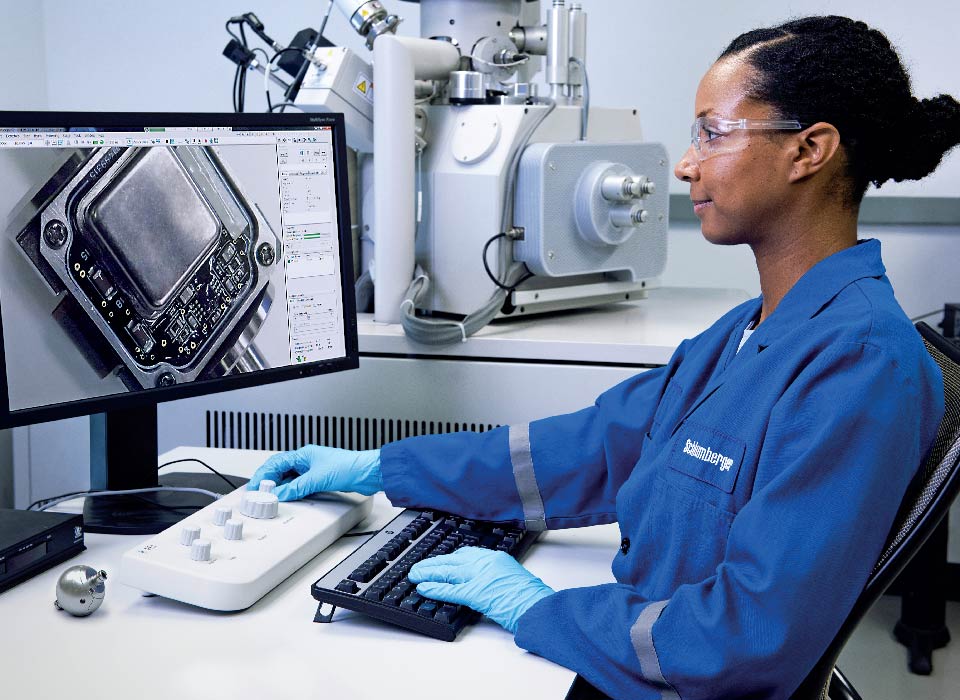Gyro surveying is an essential part of drilling because it delivers accurate direction and inclination data when regular measurements-while-drilling (MWD) tools cannot achieve that goal. However, most conventional gyro-while-drilling systems continue to depend on mechanical gyroscopes that adversely affect the efficiency of drilling operations by requiring a wait for running surveys after connections. They are also susceptible to the ordinary shock and vibration of drilling activities, which means they must be recalibrated after every single run—taking up further valuable rig time.
In 2018, Schlumberger introduced the GyroSphere MEMS gyro-while-drilling service to improve drilling operational efficiency. The GyroSphere service uses microelectromechanical systems (MEMS), which is the same solid-state technology used within a cell phone GPS unit to pinpoint location.
Unlike other gyro-surveying-while-drilling services in the oil field today, the GyroSphere service more transparently delivers gyro-surveying data that increases drilling operation efficiency and tool reliability while improving access to small-target reservoirs. Improving drilling efficiency also helps to reduce the environmental impacts of drilling operations by reducing the amount of time needed for operations.
Gyro-surveying-while-drilling measurements using the GyroSphere service are taken during drillpipe connections and the data is available right after drilling mud begins circulating in the well, instead of 30 minutes later, as is the case with mechanical gyros. Two surveys can now be completed in the same time it takes conventional gyros to start one survey. This represents a significant time savings for operators routinely using gyro-while-drilling surveys to drill upper sections of wells in congested areas.
The MEMS gyro-while-drilling surveys sustain the accuracy needed for today’s complex drilling environment. When combined with MWD surveys, gyro surveys can reduce measurement uncertainty by up to 45%, which is beneficial in long horizontal well sections or when drilling smaller targets.
Validated through extensive testing and field trials in the North Sea, Ecuador, Africa, and Far East Asia, the service has produced more than 20,000 successful surveys with zero failures. In Russia, GyroSphere service enabled a customer to avoid wellbore collisions while accessing reservoirs from existing structures, thereby eliminating the drilling risks associated with deploying conventional gyro surveys.

Oilfield drilling technology is subject to environmental conditions such as severe mechanical shocks and vibrations. A technician uses a field emission scanning electron microscope to analyze a microelectromechanical system (MEMS) sensor for gyro surveying while drilling in the oil field. Solid-state technology enables the GyroSphere MEMS sensor to withstand downhole shock and vibration during drilling beyond the limits of current gyro technologies.